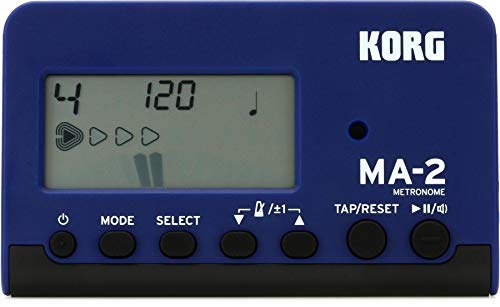What is a Metronome?
A metronome is a musical tool used to keep an accurate and consistent tempo during a performance or practice session. It produces a steady beat that helps musicians play in time and stay together with other musicians. Metronomes come in different shapes, sizes, and designs, ranging from mechanical wind-up models to digital apps. Regardless of their type, metronomes require proper maintenance to function well and last long. In this article, we will explore how to maintain a metronome, step-by-step.
Step 1: Keep It Clean and Dust-Free
One common issue with metronomes is that they tend to accumulate dust and debris over time, especially if left unused or stored improperly. Dust and dirt can clog the mechanism and affect the accuracy of the beats. To avoid this, you should clean your metronome regularly using a soft cloth or brush. For mechanical models, you may also use a bit of oil or lubricant on the moving parts to ensure smooth operation. However, be careful not to over-lubricate or use harsh chemicals as they can damage the materials and cause malfunction.
Step 2: Check the Battery or Power Source
If you are using a digital metronome, it may run on batteries or power adapter. It is crucial to check the battery level or adapter connection regularly to avoid sudden shutdowns or glitches during use. If the battery is low, replace it with a fresh one as soon as possible. If you are using a power adapter, make sure it is plugged in securely and not damaged or frayed. Also, avoid exposing your digital metronome to extreme temperatures or moisture as they can damage the electronics and shorten its lifespan.
Step 3: Adjust the Beat and Tempo Settings
Metronomes can have different beat and tempo settings depending on the music style or preference. Some models allow you to adjust the tempo by increments of one or two beats per minute, while others may offer more options. To keep your metronome functioning well, you should use the settings that suit your needs and avoid forcing it to go beyond its limits. For example, if your metronome has a range of 20-200 BPM (beats per minute), do not set it at 300 or higher as it can strain the mechanism and cause errors in the timing.
Step 4: Store It Properly
When not in use, you should store your metronome in a dry and cool place, away from direct sunlight or heat. Avoid exposing it to extreme temperatures or humidity, as they can affect the materials and cause malfunctions. If you are traveling with your metronome, make sure to pack it securely and cushion it with soft materials to avoid damage during transport. For mechanical models, you may also want to wind it down gently before storing to relieve the tension on the spring and prevent damage to the mechanism over time.
Maintain Your Metronome for Better Performance
Maintaining a metronome may seem like a tedious task, but it is essential to keep it functioning well and providing accurate and consistent beats. By following the steps outlined above, you can ensure that your metronome stays clean, protected, and adjusted to your needs. Whether you are a beginner or a pro musician, using a metronome can improve your timing and enhance your performance. So, take good care of your metronome, and let the beat go on!






